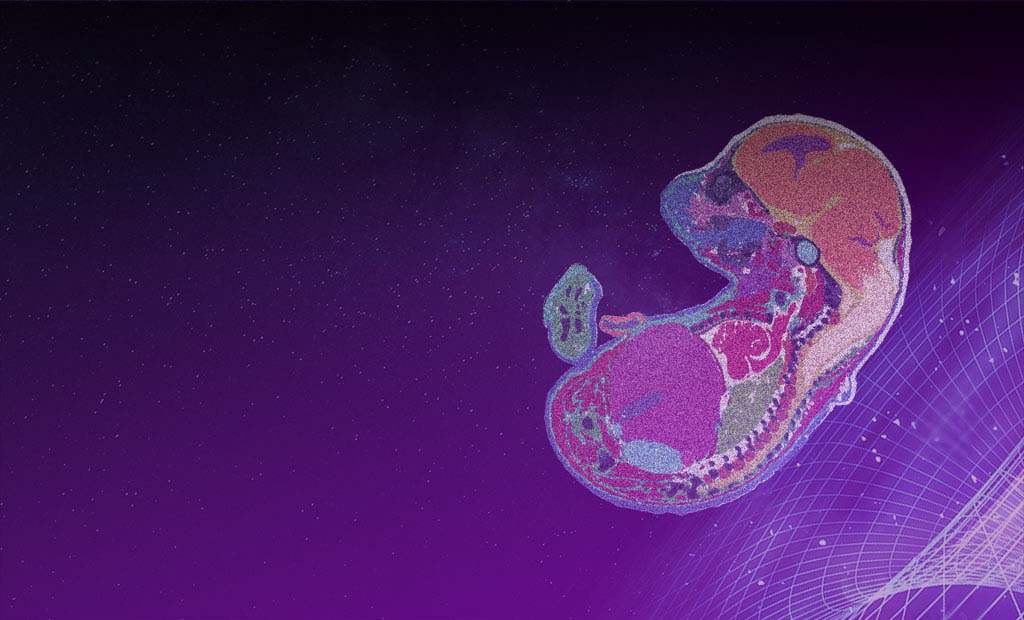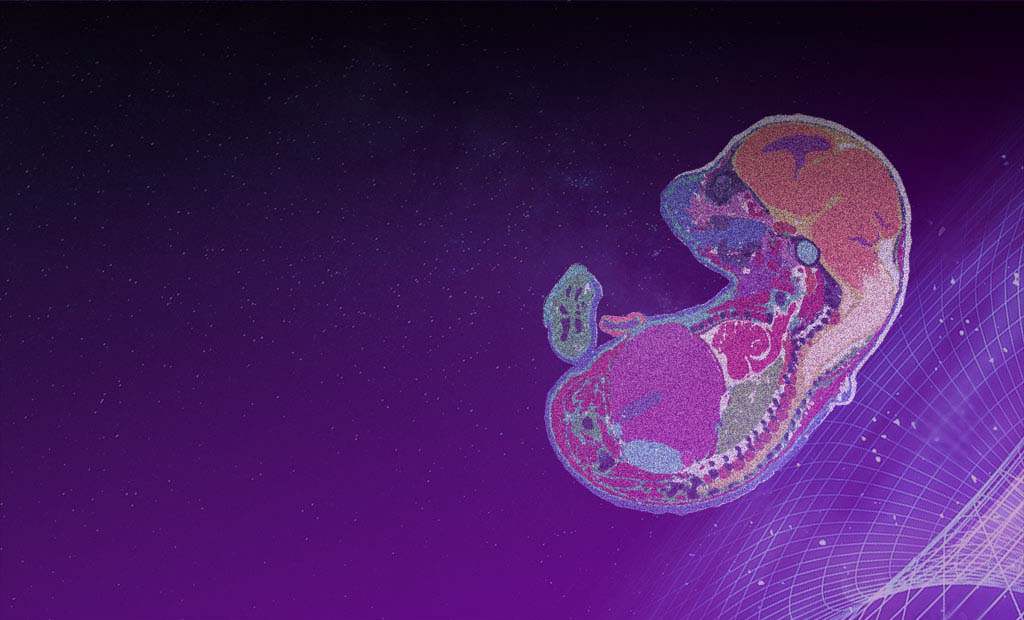Note: The x-axis is the same for all three graphs, while the y-axis represents median genes per bin x, unique reads per bin x, saturation level, respectively. (x=20 for SAW v8.1)
All
Products
Resources
News
FAQ
Search



--sjdOverhang used for STAR builds of reference genome indexes need to be consistent with the sequencing read length? If there are variable sequencing read lengths, e.g. 50bp, 100bp, 150bp, will SAW choose different STAR indices automatically during analysis?--sjdOverhang 99.Purification Steps | Purposes |
| 0.8X beads (①after cDNA amplification ②ssDNA amplification in library preparation) | The high ratio of beads allows binding of DNA molecules as many as possible, while leaving impurities from the tissue samplein the supernatant. |
| 0.55X beads and 0.15 μL beads (after DNA amplification in library preparation) | Double selection which removes both larger and smaller fragmented DNA and harvests the intermediate fragments.
|
It is recommended to follow the protocol for antibody incubation. Since the antibody needs to be incubated on Stereo-seq Chip T, please avoid leaving the chip with the antibody at 4℃ overnight.
Only Alexa Fluro Plus 2nd antibodies have been tested.
Currently not. R&D is in the process of testing Stereo-seq mIF workflow on other chip sizes besides 1cm x 1cm.
Option 1: use C++ compiled geftools:
https://github.com/STOmics/geftools
Option 2: use Python package - gefpy (e.g. 0.6.1):
https://pypi.org/project/gefpy/
https://gefpy.readthedocs.io/en/latest/index.html
pip install gefpy==0.6.1
Option 3: with installed SAW sif (e.g. v5.1.3):
https://hub.docker.com/repository/docker/stomics/saw
singularity exec SAW_v5.1.3.sif cellCut
Please use Singularity version 3.8 or later
Bash export HDF5_USE_FILE_LOCKING=FALSE ## gef2gem using geftools geftools view -i <SN>.gef -o <SN>.gem -s <SN> # -i input square bin GEF, e.g.SN.raw.gef or SN.gef # -o output GEM # -s SN
## gef2gem using gefpy
python
>>> from gefpy.bgef_reader_cy import BgefR
>>> bgef=BgefR(filepath='<SN>.gef',bin_size=200,n_thread=4)
>>> bgef.to_gem('<SN>.bin200.gem')## gef2gem using SAW sif ## export SINGULARITY_BIND="/path/to/input/dir,/path/to/output/dir" singularity exec SAW_v5.1.3.sif cellCut view -i <SN>.gef -o <SN>.gem -s <SN> ## cgef2cgem geftools view -i <SN>.cellbin.gef -o <SN>.cellbin.gem -d <SN>.raw.gef -s <SN> # -i input cellbin GEF # -o output cellbin GEM # -d input square bin GEF, e.g. SN.raw.gef or SN.gef # -s SN ## gem2gef geftools bgef -i <SN>.gem -o <SN>.gef -b 1,20,50 -O Transcriptomics # -i input square bin GEM # -o output square bin GEF # -b bin sizes seqarate by comma, default: 1,10,20,50,100,200,500 # -O omics name
Figure 1: This curve shows the gradual increase of the median number of genes per bin x as the random sampling quantity increases.
Figure 2: This curve shows the gradual increase of the number of unique reads per bin x as the random sampling quantity increases.
Figure 3: This curve represents the statistical analysis of Unique Reads in the sampled data. Saturation level is calculated as 1-(Unique Reads)/(Total Annotated Reads). As the sampling size increases, a gradually flattening curve indicates that the data is approaching saturation. Whether additional sequencing is necessary depends on the overall project design and sample characteristics. For instance, precious samples may benefit from further sequencing.
Note: The x-axis is the same for all three graphs, while the y-axis represents median genes per bin x, unique reads per bin x, saturation level, respectively. (x=20 for SAW v8.1)
These two modules only exist for SAW < v8.0. SAW register pipeline includes a cell segmentation procedure, whereas rapidRegister does not.